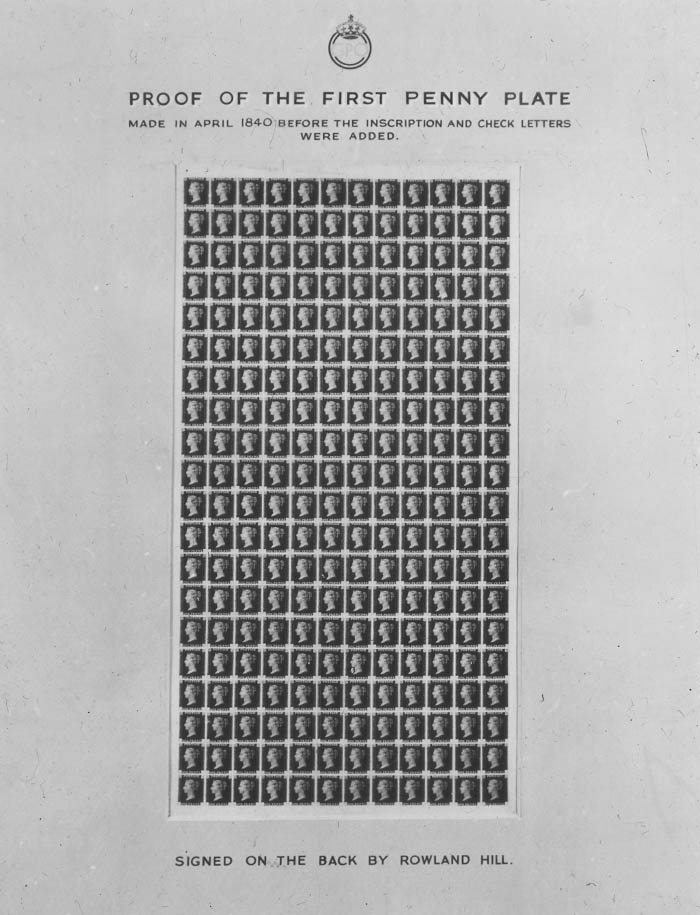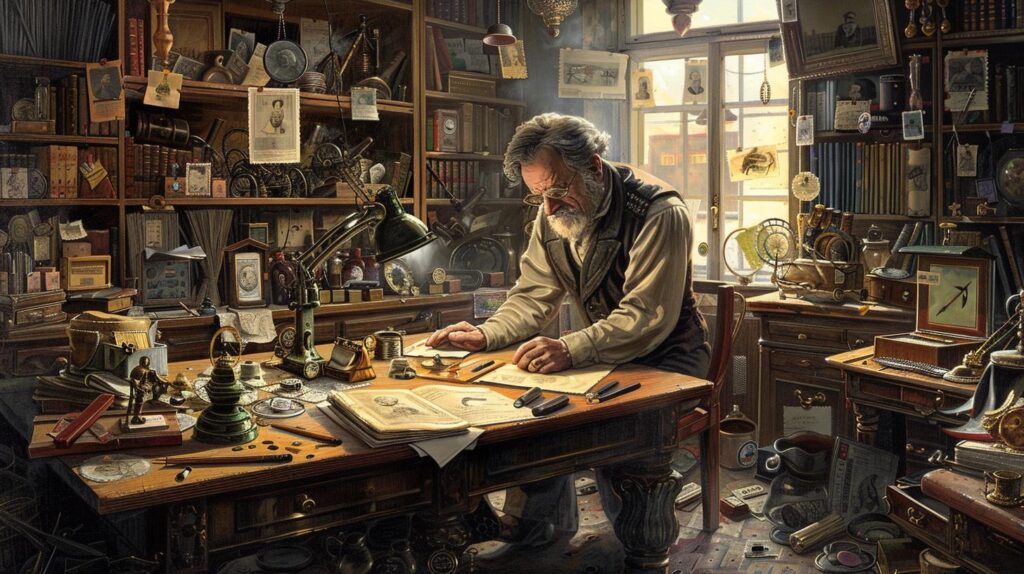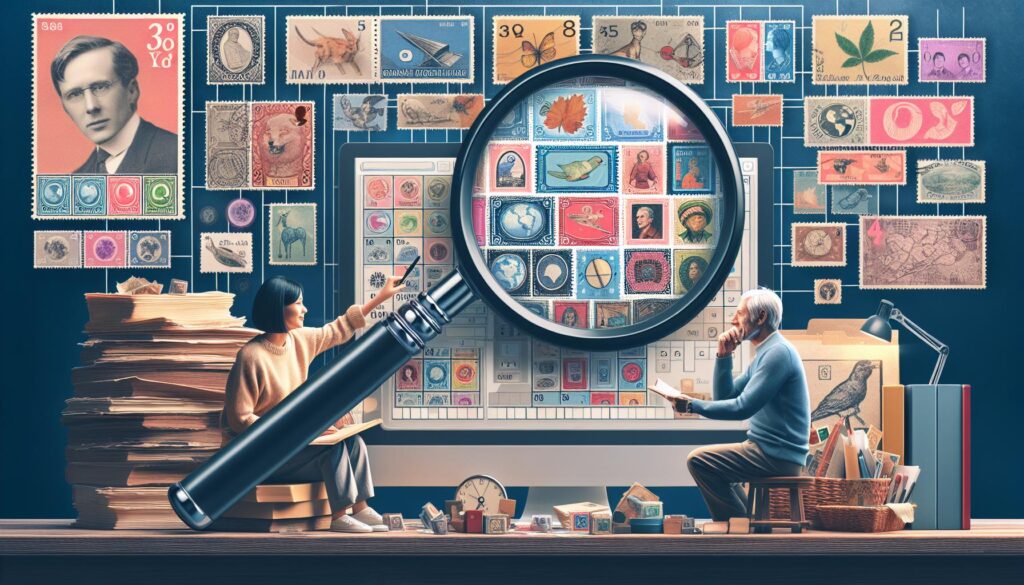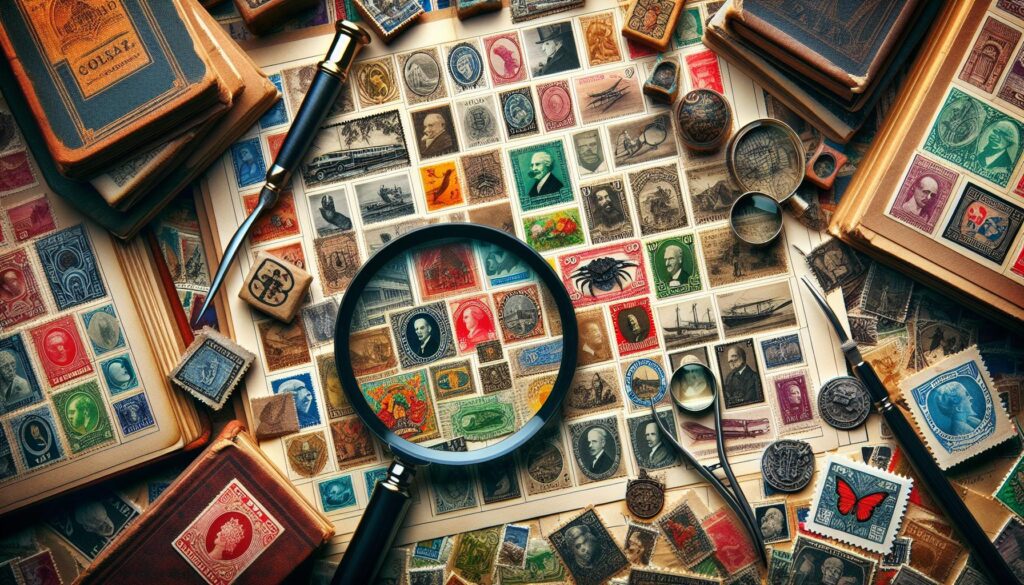I like to collect stamps. It’s interesting to learn about each stamp’s history, which tells us secrets from the past. Finding rare or colorful stamps is very exciting.
I enjoy telling others about what I have learned because it starts conversations and makes people happy. The history of stamp collecting is full of surprising joys and things to discover that are waiting to be shared and celebrated.
Key Takeaways
- Origins of Stamp Collecting: Stamp collecting began in the mid-19th century with the introduction of the Penny Black in 1840, marking the start of a global hobby rooted in history.
- Philately Defined: The term “philately,” coined in 1864, reflects the love for collecting stamps and emphasizes the community aspect of this engaging hobby.
- Growth in Popularity: By the mid-1850s, stamp collecting gained immense popularity, attracting children and adults. Various clubs and societies were formed to support enthusiasts.
- Technological Impact: The Internet has revolutionized stamp collecting, offering online marketplaces and digital resources that connect collectors and streamline collection management.
- Global Appeal: Stamp collecting transcends cultural boundaries, with collectors from diverse backgrounds celebrating their heritage through stamps, highlighting its universal charm.
- Future Trends: The hobby is experiencing a resurgence, especially in emerging markets like China and India, as many new collectors discover the joys of stamp collecting.
Early Beginnings of Stamp Collecting
Stamp collecting, an adventure into history, began in the mid-19th century. After launching the first postage stamps, collectors found a new way to channel their curiosity and passion.
Origins of Stamp Collecting
Imagine the excitement when the first postage stamps hit the market! 1840, England introduced the Penny Black, featuring Queen Victoria’s profile. Rowland Hill, the mastermind behind prepaid postage, sparked a collecting frenzy.
A year later, Philatelists like me were hunting for these tiny pieces of history. A quick peek into The Times of London in 1841 shows a young lady hoping to deck her room with canceled stamps! Talk about an unconventional decorating choice.
By the mid-1850s, stamp collecting exploded in popularity. The term “philately,” coined by French collector Georges Herpin in 1864, beautifully combines the Greek words philos (love) and ateleia (tax-free). Who knew collecting could have such a poetic name?
The First Stamp Issued

The stamp-collecting journey truly kicked off with the introduction of the Penny Black on May 1, 1840. Although it didn’t officially serve as postage until May 6, that tiny piece of paper changed everything.
One of the earliest collectors, John Edward Gray, eagerly bought stamps when they first debuted to start his collection. Soon, stamp collecting began to spread like wildfire across Europe and beyond.
Over the years, stamp collecting transformed from a quirky pastime into a beloved hobby shared by enthusiasts worldwide. It’s not just about the stamps; it’s about history, culture, and connecting with fellow collectors. Each stamp holds a story; as collectors, we’re the storytellers.
Evolution Through the Years

Stamp collecting, known as philately, is a fascinating journey that began nearly two centuries ago. Each stamp acts like a time capsule, revealing snapshots of the past that resonate with collectors today.
Key Milestones in Stamp Collecting
- 1840: The Kickoff – Stamp collecting sprouted with the introduction of the Penny Black in Great Britain on May 1, 1840. This groundbreaking stamp, featuring Queen Victoria, marked the beginning of a worldwide craze. Collecting stamps became a hobby faster than you can say “postal history”!
- 1847: Expansion to the US – The United States entered the stamp scene just a few years later, issuing its first stamps, the Five Cent and Ten Cent denominations, in 1847. This move triggered an uptick in American collectors eager to grab a piece of the action.
- 1860s: Young Collectors – The hobby captivated kids and teens alike, eagerly hoarding stamps with the enthusiasm only young collectors could muster. Despite adults originally dismissing this enthusiasm as “just child’s play,” many eventually recognized the historical significance within these tiny pieces of art.
- 1864: The Birth of Philately – The term “philately” popped into existence, encapsulating the love many felt for this fascinating hobby. Collectors began to embrace the name as they swapped stories and stamps, building a vibrant community.
- 1869: The First Club – The Royal Philatelic Society London emerged as the world’s first official philatelic club. This group offered a platform for enthusiasts to share their passion, creating a buzz that would only grow with time.
- 1926: Global Connection – The creation of the International Philatelic Federation further united collectors worldwide. Now, enthusiasts from different countries can forge friendships, swap stories, and deepen their appreciation for the hobby.
- Local Clubs Galore – Local clubs blossomed in cities around the globe, providing spaces for collectors to gather, learn, and grow together. These clubs also included educational initiatives, ensuring that knowledge about stamps and their history continued to flourish.
Stamp collecting grew from a quirky pastime to a beloved global hobby fed by passion, friendship, and curiosity. Whether perusing my collection or chatting with fellow enthusiasts, each stamp unfolds a new chapter in history that brings joy and intrigue.
The Global Appeal of Stamp Collecting
Stamp collecting spans the globe, captivating people with charm and unique stories. It’s more than just a hobby; it’s a bridge connecting cultures, histories, and passionate collectors worldwide.
Stamp Collecting in Different Countries

Stamp collecting thrives in various places, each with its flair. In the United States, it kicked off in 1847 with the launch of our first postage stamps.
It jumps into vibrant communities where collectors swap tales over coffee, discussing rare finds or the latest thematic collections. Across Europe, countries like Germany and France showcase their rich history through stamps, often celebrating local folklore or pivotal events.
In Asia, the enthusiasm for stamps has exploded, with countries like India and China becoming hotspots for collectors. The connection to heritage and the allure of unique designs attract both seasoned enthusiasts and curious newcomers.
Whether it’s the elegance of British stamps or the artistic flair of Japanese designs, stamp collecting binds us together through shared stories and experiences, no matter the distance.
The Role of Technology in Stamp Collecting

Technology has revolutionized stamp collecting. Online marketplaces make discovering rare gems that collectors might never find locally easy.
Digital catalogs and app-based collections allow me to organize my stash without the hassle of tiny paper slips everywhere. Just imagine scrolling through tons of stamps while lounging on the couch.
Social media brings collectors closer than ever. Through Instagram and Facebook, we exchange photos, tips, and even snippets about our favorite finds. This digital camaraderie enhances the thrill, allowing me to bond with fellow collectors worldwide.
Plus, online forums let enthusiasts discuss the latest collections and get input from other die-hard fans. Thanks to technology, stamp collecting feels less like a solitary endeavor and more like a global community of like-minded individuals.
The stamp collecting journey continues to evolve, with passionate collectors like me celebrating our stories and sharing the joy of discovery across borders. Whether I’m chasing a historical rarity or diving into thematic collections, every stamp tells a tale waiting to be explored.
Current Trends and Future of Stamp Collecting
Stamp collecting has a new vibe, and it’s buzzing with energy. As the landscape shifts and stamps become sought-after treasures once again, more collectors are diving into this timeless hobby.
The Impact of the Internet Age
The Internet isn’t just for cat videos and social media rants; it’s a game-changer for stamp enthusiasts! Online auctions, social media groups, and digital catalogs make it easier than ever to showcase collections and connect with fellow collectors.
You can find rare gems right from your couch. Sites like grandcollector.com offer endless information to help you decide before buying. Plus, who doesn’t like the thrill of a good online auction—where every click could land you a piece of history?
Emerging Markets and New Collectors
Hold onto your hats because stamp collecting is going global! Countries like China, India, and Brazil are stepping into this fantastic world, sparking trends we couldn’t have imagined.
A new wave of collectors is rising, eager to explore the rich histories and art captured in stamps. As their economies soar, so does their interest in our beloved hobby.
The stamp has been 1 of the 10 best investments in ROI. Thus, more collectors means more conversations, and those discussions often lead to discovering stamps that were once hiding in a drawer.
So, if you’re in the game, keep your eyes peeled for what’s popping up in these exciting markets! They hold treasures that could give your collection a new twist.
In a nutshell, the world of stamp collecting isn’t slowing down. Whether you’re dusting off your old collection or just starting, the possibilities are endless. Dive in, explore, and who knows? You might just find your next favorite piece or that perfect stamp that makes your heart skip a beat.
Conclusion
Stamp collecting isn’t just a hobby; it’s a journey through time and culture. Each stamp I add to my collection opens a door to a story waiting to be told. The thrill of discovering rare pieces and connecting with fellow enthusiasts enriches the experience beyond measure.
As I reflect on the evolution of this cherished pastime, I’m reminded of the vibrant communities that have formed around it. The blend of tradition and modern technology has breathed new life into stamp collecting, making it more accessible than ever.
Whether you’re a seasoned collector or just starting, there’s always a new adventure. So grab your magnifying glass and immerse yourself in the captivating world of stamps. You’ll find that every little piece of paper holds a universe of history and connection.
What is stamp collecting, and why is it important?
Stamp collecting, also known as philately, is the hobby of collecting and studying postage stamps and related items such as postcards and envelopes.
This fascinating pursuit allows collectors to appreciate the artistic and historical value of stamps and helps preserve a vital aspect of postal history.
Each stamp tells a story about its time, place, and culture, making stamp collecting an enriching way to explore the world.
What are the different types of stamps that collectors can focus on?
Collectors may choose to focus on several types of stamps, including commemorative stamps that celebrate a specific event or person, and revenue stamps that indicate the payment of taxes or fees.
Some collectors may also be interested in early stamps, such as the Penny Black, the world’s first postage stamp issued in 1840. Others might collect based on geographic regions, such as American or Canadian stamps, or themes, like animals or historical events.
How can one start a stamp collection?
Starting a stamp collection can be an exciting journey. First, you should gather the necessary supplies, such as a stamp album, tongs, and a magnifying glass.
You can begin by collecting stamps from your mail or visiting local post offices to buy new issues.
Joining a stamp club or a society, such as the American Philatelic Society, can help you connect with other stamp collectors and gain valuable insights into the hobby. Additionally, utilizing stamp catalogs will provide information about stamps and their values.
What is the history of stamp collecting?
The history of stamp collecting dates back to the mid-19th century, shortly after the first postage stamp, the Penny Black, was introduced in 1840.
Initially, stamp collecting was a pastime of the wealthy, but it quickly gained popularity among the general public.

